Home>Maintenance & Safety>Child & Elderly Safety at Home>Why Does My Baby Monitor Keep Losing Signal
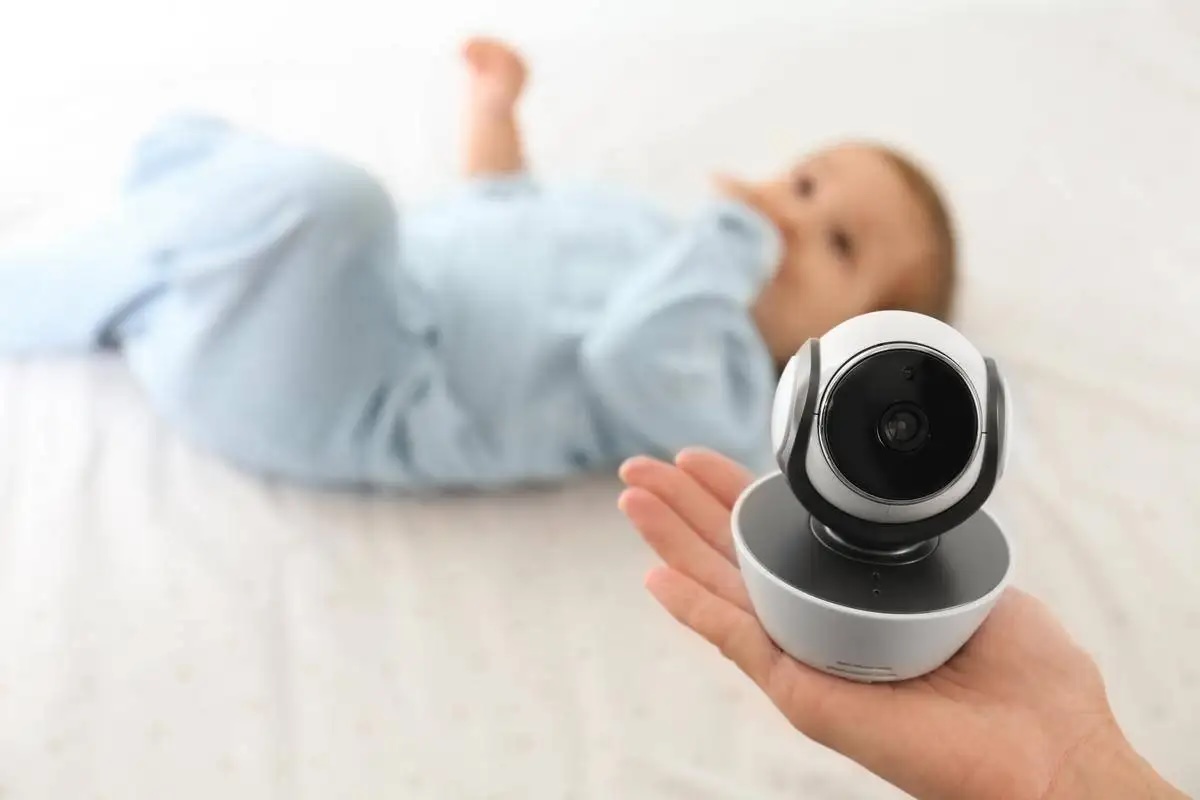

Child & Elderly Safety at Home
Why Does My Baby Monitor Keep Losing Signal
Modified: January 14, 2024
Ensure child and elderly safety at home by troubleshooting why your baby monitor keeps losing signal. Learn how to fix the issue and keep your loved ones secure.
(Many of the links in this article redirect to a specific reviewed product. Your purchase of these products through affiliate links helps to generate commission for Storables.com, at no extra cost. Learn more)
Introduction
Read more: Why Does My Baby Monitor Keep Beeping
Understanding the Importance of a Reliable Baby Monitor Signal
Welcoming a new addition to the family is an exhilarating experience, but it also comes with a heightened sense of responsibility, especially when it comes to ensuring the safety and well-being of the little one. Baby monitors have become an indispensable tool for modern parents, offering peace of mind by allowing them to keep a watchful eye and ear on their baby, even when they're not in the same room. However, the frustration of a baby monitor losing its signal can quickly turn this source of reassurance into a cause of stress.
In this comprehensive guide, we will delve into the various factors that can lead to signal loss in baby monitors and explore practical solutions to address these issues. Understanding the causes of signal loss and learning how to troubleshoot these problems is crucial for maintaining a reliable and effective monitoring system for your little one. So, let's embark on this journey to unravel the mysteries of baby monitor signal loss and empower you with the knowledge to ensure uninterrupted monitoring for your baby's safety and your peace of mind.
Key Takeaways:
- Baby monitor signal loss can be caused by interference from devices like cordless phones and Wi-Fi routers. Positioning the monitor away from these devices and updating its firmware can help maintain a reliable connection.
- To prevent signal loss, consider using a digital baby monitor with frequency-hopping spread spectrum (FHSS) technology. Also, ensure the monitor and receiver are placed in optimal locations free from physical obstructions.
Understanding the Causes of Signal Loss
Signal loss in baby monitors can be attributed to a variety of factors, ranging from common interference issues to technical problems with the device itself. By gaining insight into these potential causes, parents can take proactive measures to mitigate signal loss and maintain a consistent connection with their baby monitor.
One prevalent cause of signal loss is interference from other electronic devices operating on the same frequency. Cordless phones, Wi-Fi routers, microwave ovens, and even neighboring baby monitors can disrupt the signal, leading to intermittent connectivity or complete loss of transmission. Additionally, physical obstructions such as thick walls, metal structures, and long distances between the baby monitor and the receiver can impede the signal, resulting in poor reception and signal dropouts.
Furthermore, technical issues within the baby monitor itself, such as low battery levels, faulty power adapters, or outdated firmware, can contribute to signal loss. In some cases, environmental factors like radio frequency interference from nearby sources or electrical wiring can also impact the monitor’s signal strength.
Understanding the underlying causes of signal loss is the first step toward effectively addressing and resolving these issues. By identifying the specific factors affecting the monitor’s signal reception, parents can implement targeted solutions to ensure a reliable and uninterrupted connection for monitoring their baby’s activities and well-being.
Common Interference Issues
Interference issues are a frequent culprit behind signal loss in baby monitors, posing a challenge for parents striving to maintain a consistent and reliable connection with their little one’s monitoring device. Identifying and addressing these common interference issues is essential for mitigating signal disruptions and ensuring uninterrupted monitoring.
One prevalent source of interference is electronic devices operating on the same frequency as the baby monitor. Cordless phones, Wi-Fi routers, and microwave ovens emit signals that can overlap with the monitor’s frequency, leading to signal distortion and dropouts. To minimize interference from these devices, parents can consider using a baby monitor that operates on a different frequency band or opting for digital models equipped with frequency-hopping spread spectrum (FHSS) technology, which dynamically switches between multiple frequencies to reduce interference.
Moreover, neighboring baby monitors and electronic gadgets in adjacent homes can also contribute to signal interference. In densely populated areas or apartment buildings, the proximity of multiple monitoring devices operating on similar frequencies can result in signal conflicts, causing disruptions in reception. To address this issue, parents can explore baby monitors with advanced encryption features or digital models designed to minimize interference from neighboring devices.
Physical obstructions such as thick walls, metal structures, and long distances between the baby monitor and the receiver can impede the signal, leading to poor reception and signal loss. Positioning the baby monitor and receiver in optimal locations, free from obstructions and within the recommended range, can help mitigate these physical interference issues and improve signal strength.
By recognizing and addressing these common interference issues, parents can take proactive steps to optimize the performance of their baby monitor and maintain a reliable connection for monitoring their baby’s activities and safety.
Technical Problems with the Baby Monitor
While interference issues are common causes of signal loss in baby monitors, it’s crucial to acknowledge the potential technical problems that can contribute to disruptions in the monitoring system. Understanding and addressing these technical issues is essential for troubleshooting signal loss and ensuring the seamless operation of the baby monitor.
One prevalent technical problem is related to power sources and battery levels. If the baby monitor or the receiver is powered by rechargeable batteries, low battery levels can lead to signal loss or intermittent connectivity. Regularly checking and replacing the batteries, or ensuring that the devices are adequately charged, can help prevent signal disruptions due to power-related issues.
Faulty power adapters or damaged charging cables can also impact the performance of the baby monitor, potentially leading to signal loss. It’s advisable to inspect the power supply components regularly and replace any damaged or malfunctioning parts to maintain a consistent power source for the monitoring devices.
Outdated firmware or software glitches in the baby monitor can result in signal irregularities and connectivity issues. Keeping the monitor’s firmware up to date by installing manufacturer-released updates and patches can help address software-related problems and optimize the device’s performance.
In some cases, environmental factors such as radio frequency interference from nearby electronic devices or electrical wiring can affect the baby monitor’s signal strength, leading to disruptions in transmission. Positioning the monitor away from potential sources of interference and minimizing exposure to external signal disturbances can help mitigate these environmental technical issues.
By acknowledging and troubleshooting these technical problems, parents can take proactive measures to ensure the reliable and uninterrupted operation of their baby monitor, fostering a secure and reassuring monitoring environment for their little one.
Make sure the baby monitor and the receiver are within the recommended range and not obstructed by walls or other electronic devices. Also, check for any interference from other wireless devices in the area.
Read more: Why Does My Vtech Baby Monitor Keep Beeping
Solutions for Signal Loss
Addressing signal loss in baby monitors necessitates a proactive approach, encompassing a range of practical solutions to mitigate interference issues and technical problems. By implementing these solutions, parents can optimize the performance of their baby monitor and maintain a consistent and reliable connection for monitoring their baby’s well-being.
To combat interference from electronic devices operating on the same frequency, parents can consider upgrading to digital baby monitors equipped with frequency-hopping spread spectrum (FHSS) technology. This advanced feature enables the monitor to dynamically switch between multiple frequencies, reducing the impact of signal interference from cordless phones, Wi-Fi routers, and other devices. Additionally, positioning the baby monitor and receiver away from potential sources of interference, such as microwave ovens and neighboring monitoring devices, can help minimize signal disruptions.
Addressing physical obstructions that impede the signal involves strategically positioning the baby monitor and receiver in optimal locations, free from thick walls, metal structures, and long distances. By choosing suitable placement and ensuring that the devices are within the recommended range, parents can enhance signal strength and minimize reception issues.
Regularly checking and maintaining the power sources of the baby monitor and receiver is essential for preventing signal loss due to low battery levels or faulty power adapters. Keeping the devices adequately charged and replacing worn-out batteries can help sustain a consistent power supply, reducing the risk of signal disruptions.
Updating the baby monitor’s firmware and software, as per the manufacturer’s recommendations, is crucial for addressing technical problems and optimizing the device’s performance. By staying informed about available updates and promptly installing them, parents can mitigate software-related issues and ensure the smooth operation of the monitor.
Minimizing exposure to environmental factors that can affect the monitor’s signal strength, such as radio frequency interference and electrical wiring, involves positioning the devices away from potential sources of disturbance. Creating a conducive monitoring environment free from external signal disruptions can contribute to maintaining a reliable and uninterrupted connection.
By embracing these solutions and taking proactive measures to address interference issues and technical problems, parents can foster a secure and dependable monitoring system, providing continuous reassurance and vigilance for the safety and well-being of their baby.
Conclusion
As parents, ensuring the safety and well-being of our little ones is a top priority, and baby monitors play a pivotal role in this endeavor. However, the frustration of encountering signal loss can undermine the reliability and effectiveness of these essential monitoring devices. By gaining a comprehensive understanding of the causes of signal loss and exploring practical solutions to address these issues, parents can fortify their monitoring systems and sustain a consistent and dependable connection with their baby monitors.
Interference issues stemming from electronic devices operating on the same frequency can be mitigated through the adoption of digital monitors equipped with advanced frequency-hopping spread spectrum (FHSS) technology, as well as strategic positioning of the devices to minimize exposure to potential sources of interference. Overcoming physical obstructions and optimizing the power sources of the baby monitor and receiver are crucial steps in preventing signal loss due to technical problems, ensuring uninterrupted monitoring and peace of mind for parents.
Furthermore, staying informed about firmware and software updates for the baby monitor and proactively addressing environmental factors that can impact signal strength are integral to maintaining a reliable connection and fostering a secure monitoring environment for the baby. By embracing these solutions and taking proactive measures to address interference issues and technical problems, parents can enhance the performance of their baby monitors and uphold a steadfast vigilance over their baby’s activities and safety.
In the journey of parenthood, the ability to monitor our little ones with unwavering reliability and reassurance is invaluable. By delving into the intricacies of signal loss in baby monitors and arming ourselves with the knowledge and solutions to combat these challenges, we can create a nurturing and secure environment that fosters peace of mind and ensures the safety and well-being of our precious bundles of joy.
Frequently Asked Questions about Why Does My Baby Monitor Keep Losing Signal
Was this page helpful?
At Storables.com, we guarantee accurate and reliable information. Our content, validated by Expert Board Contributors, is crafted following stringent Editorial Policies. We're committed to providing you with well-researched, expert-backed insights for all your informational needs.
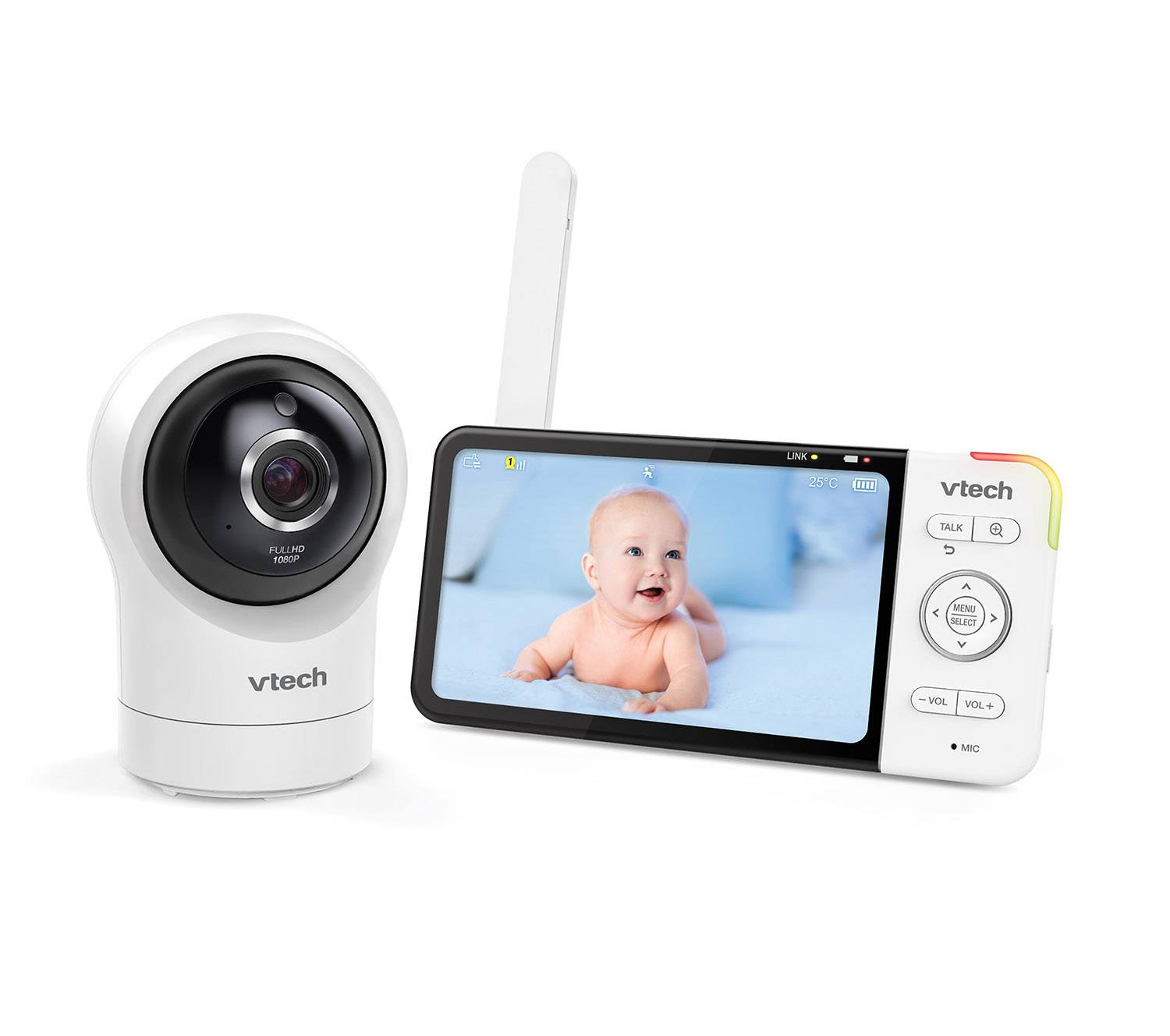
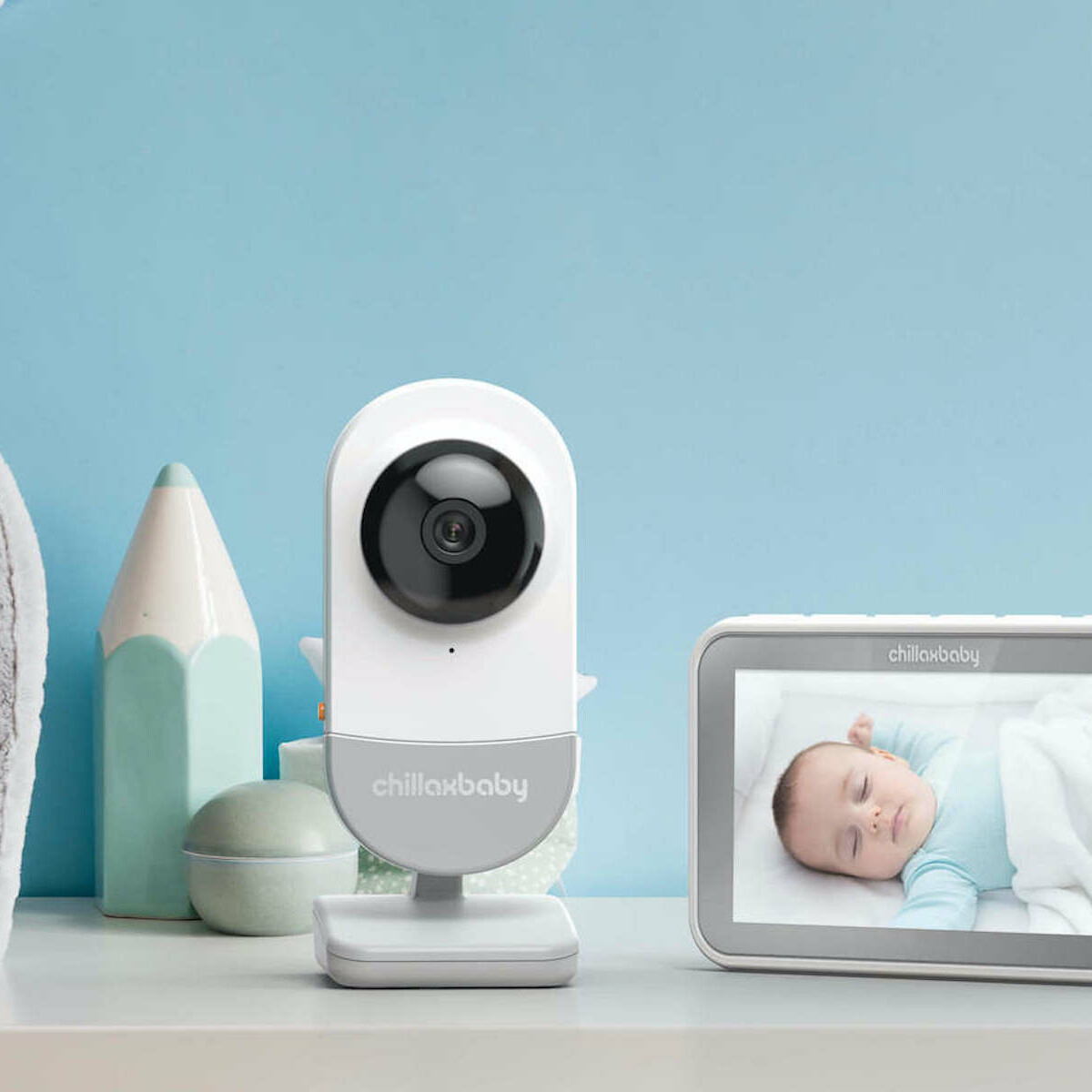
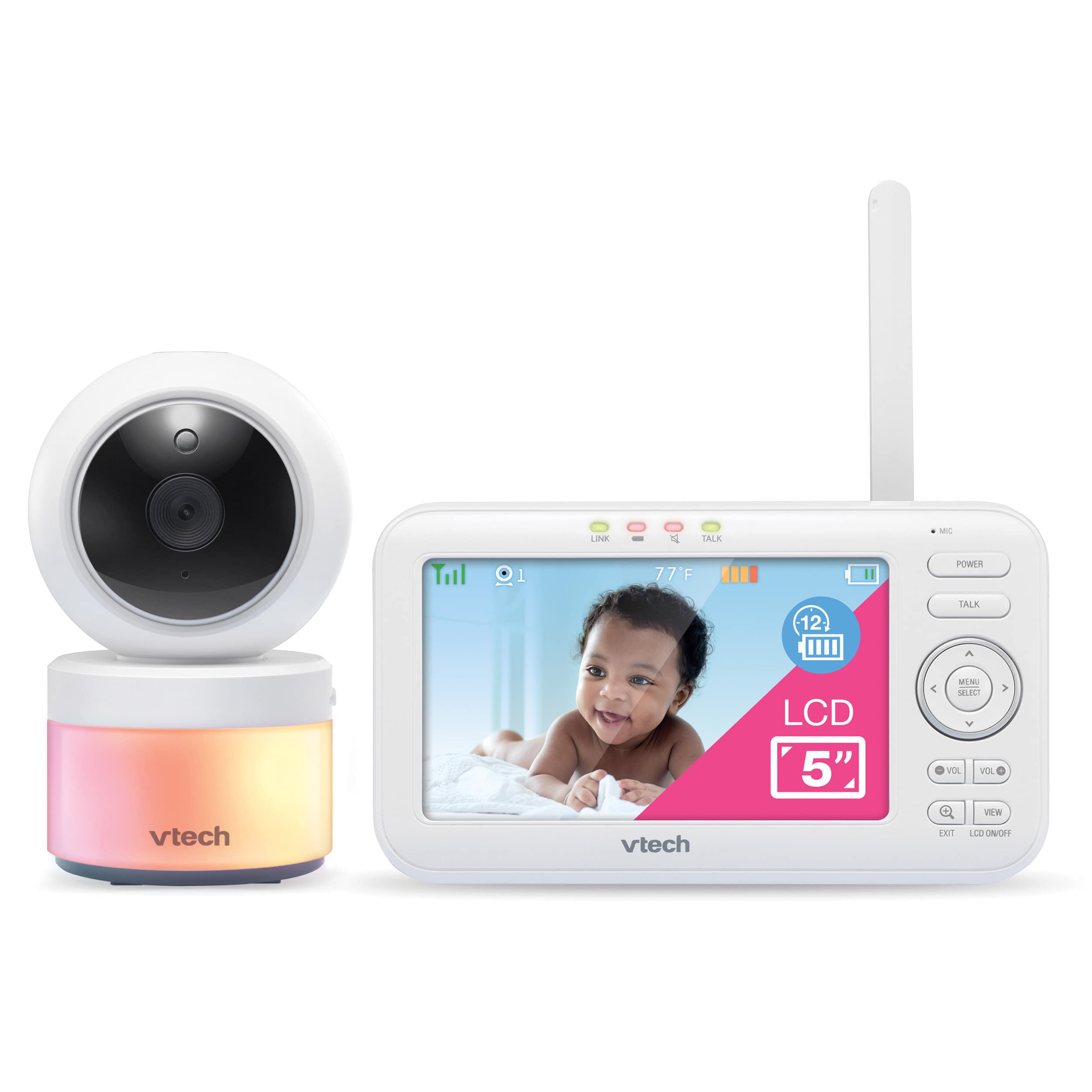
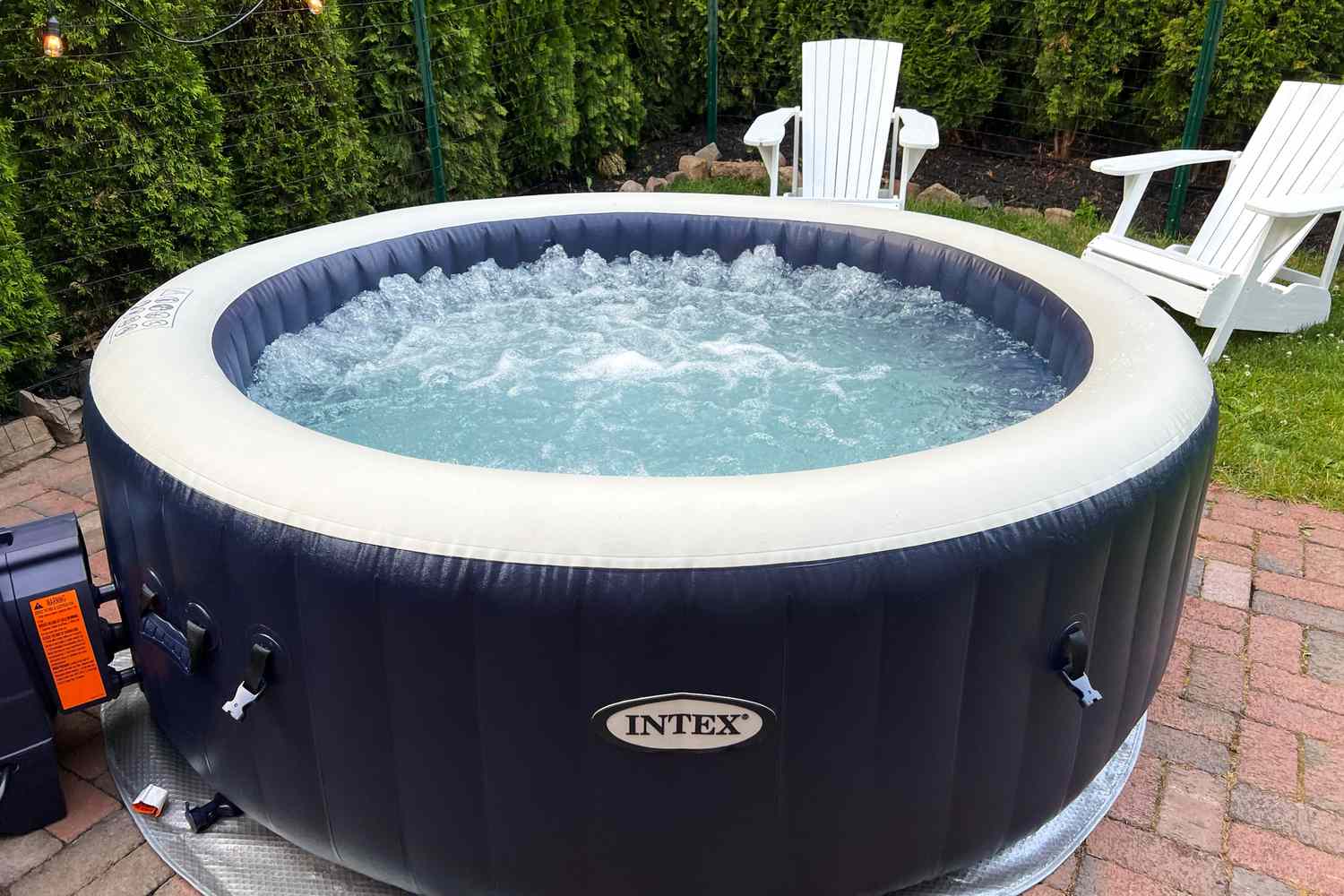
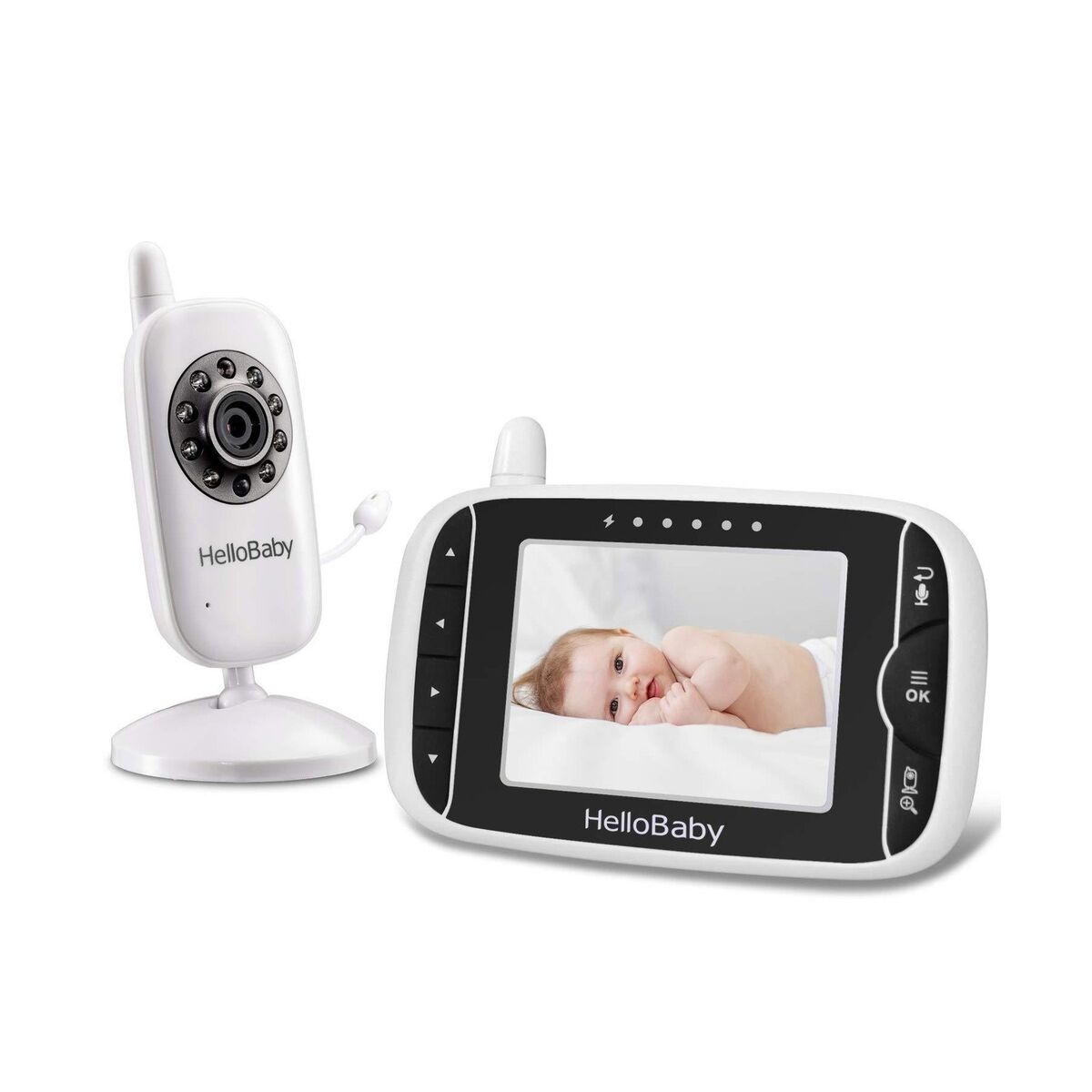
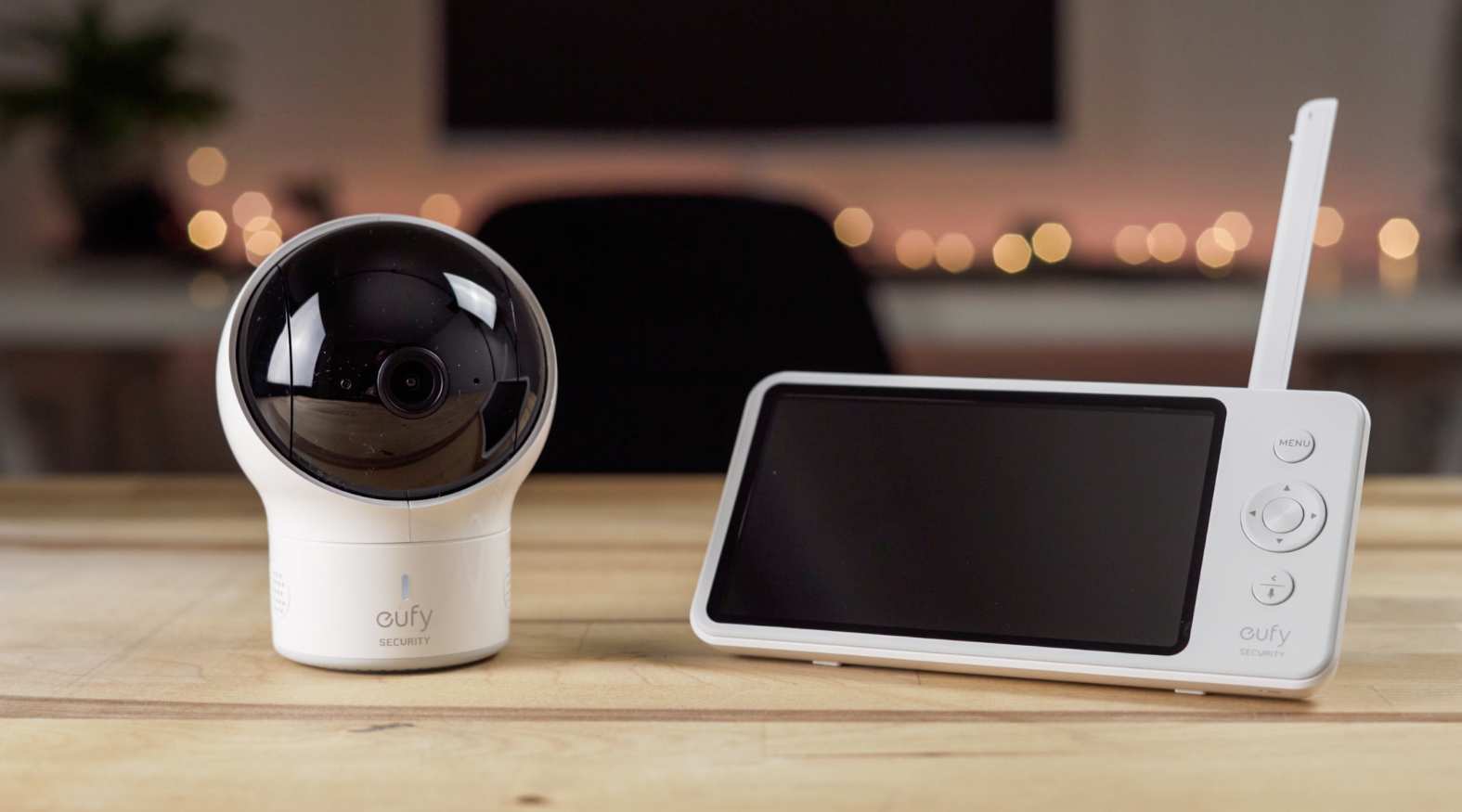
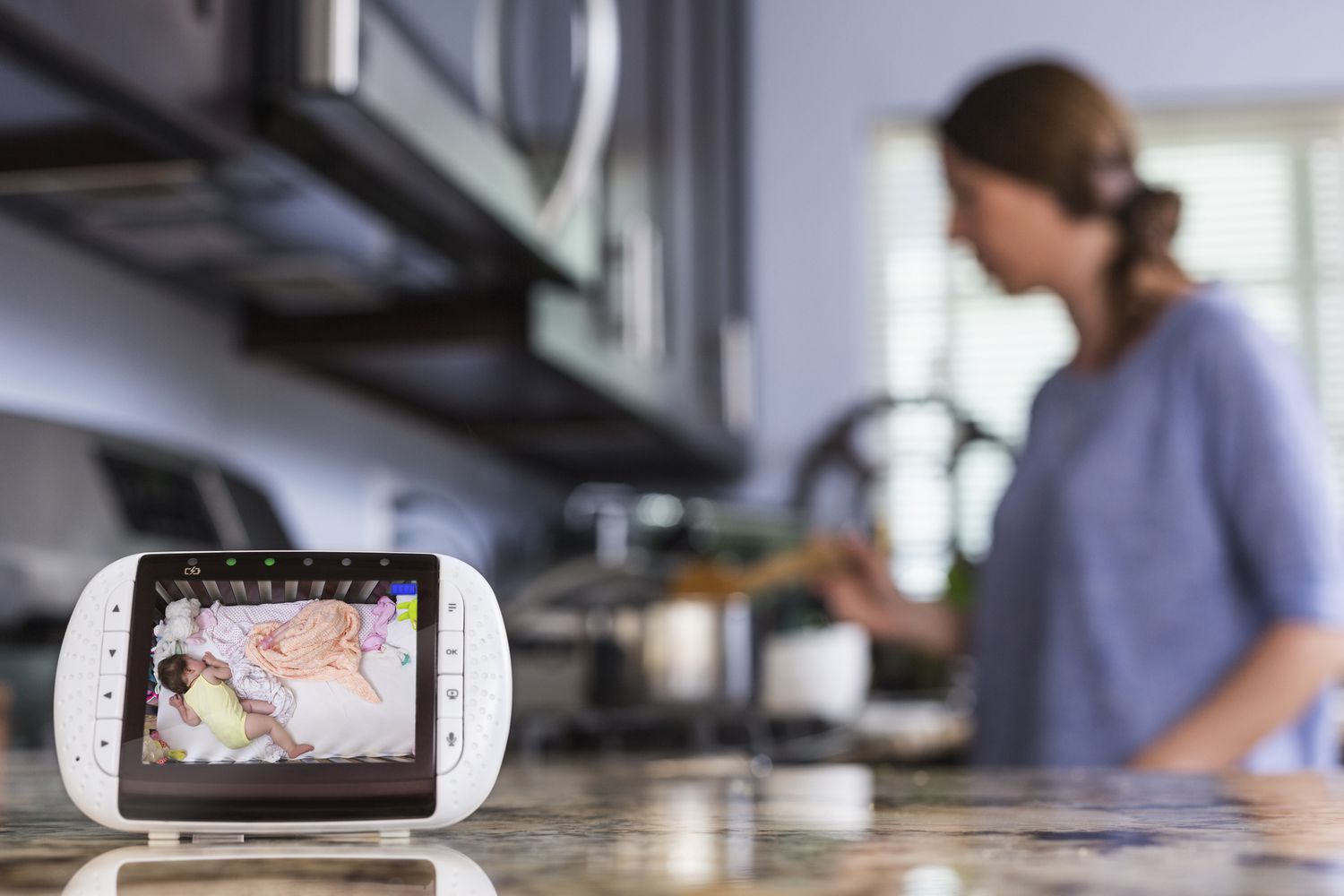

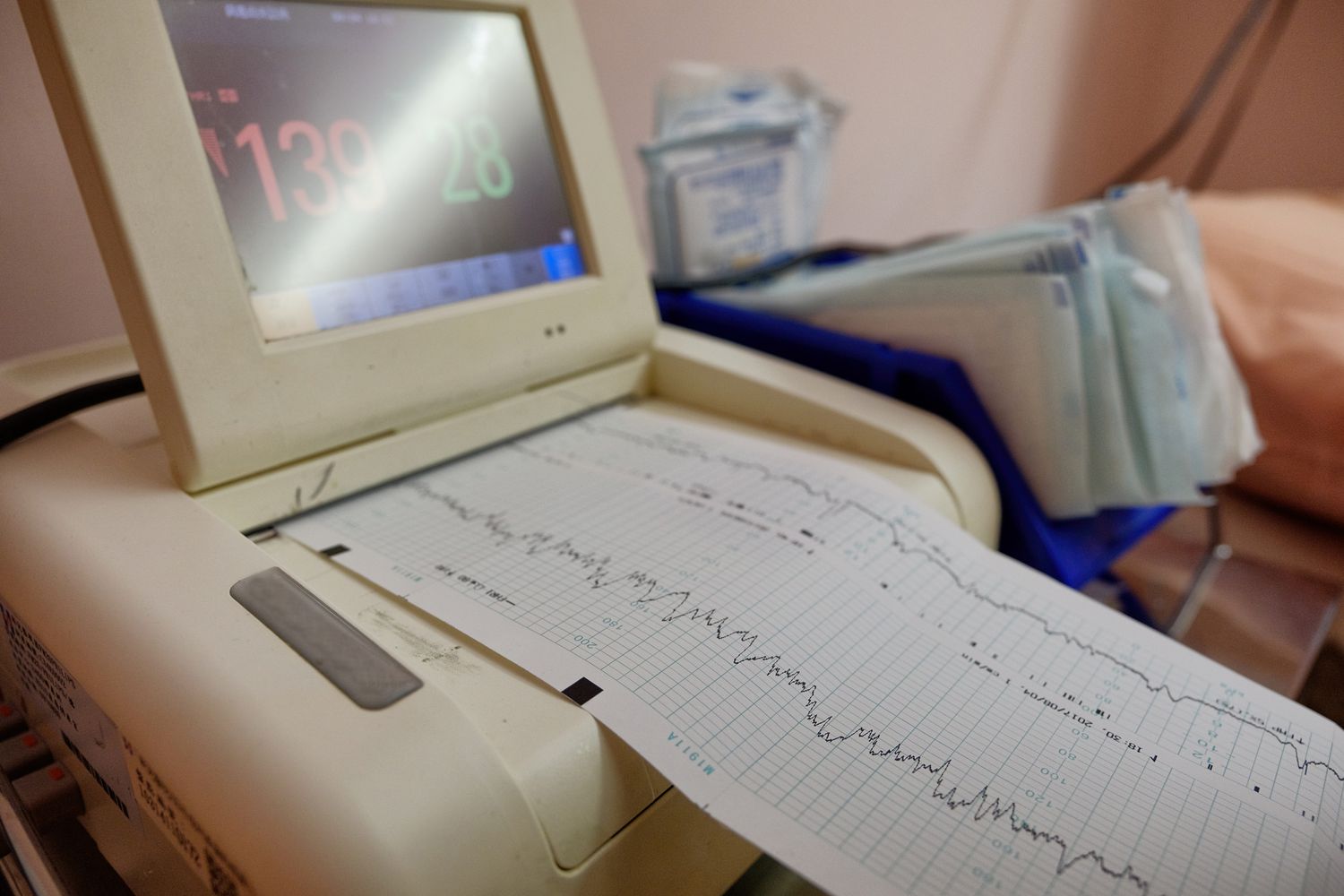
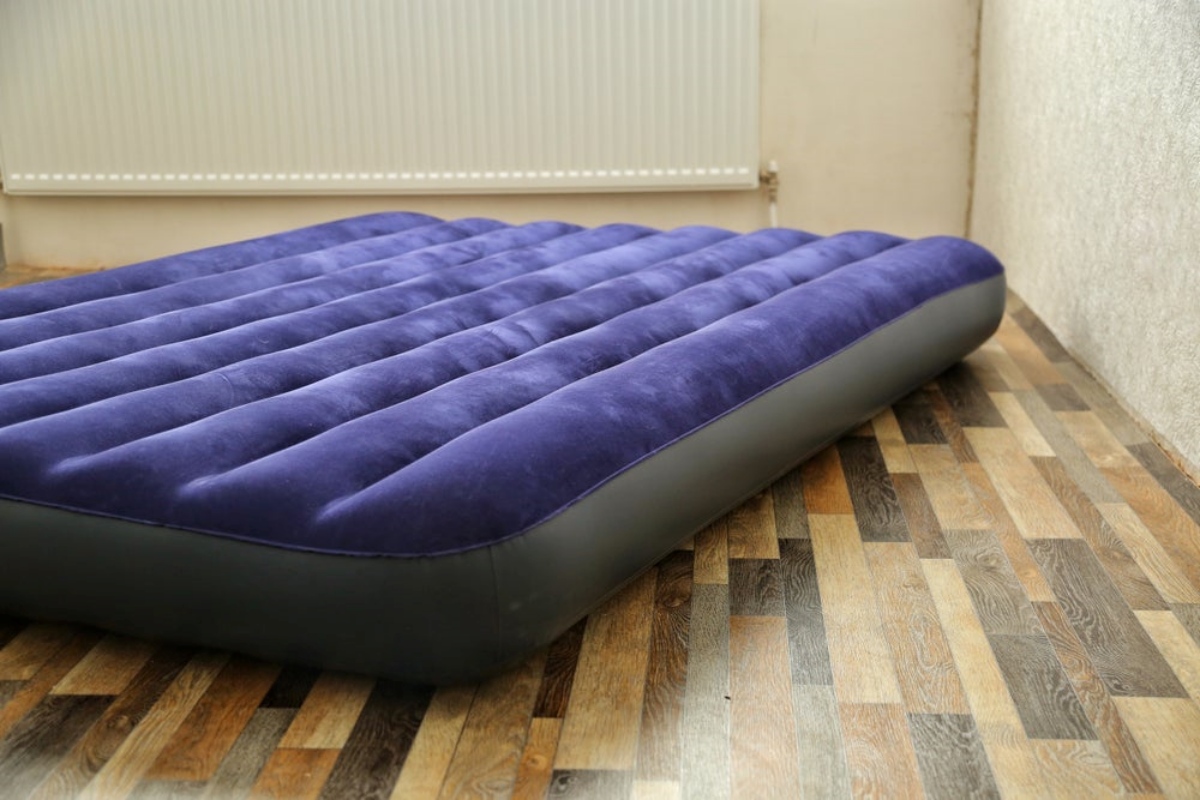
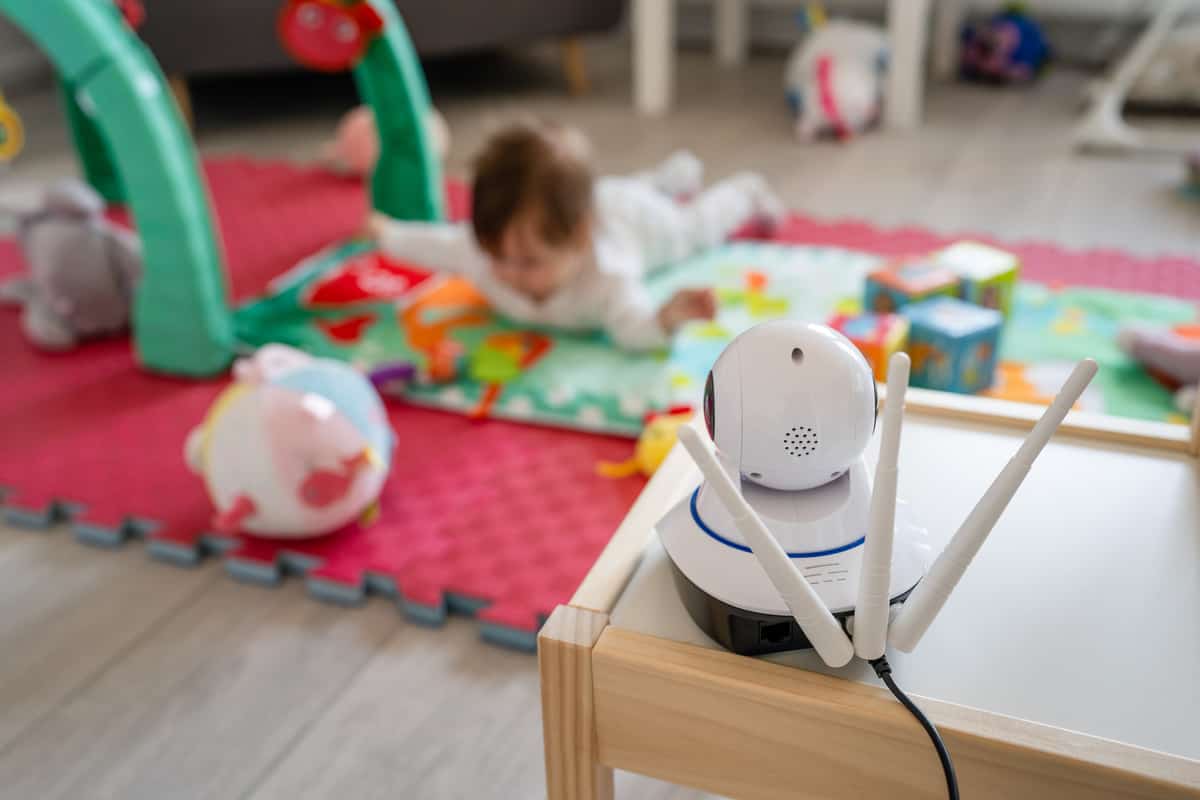
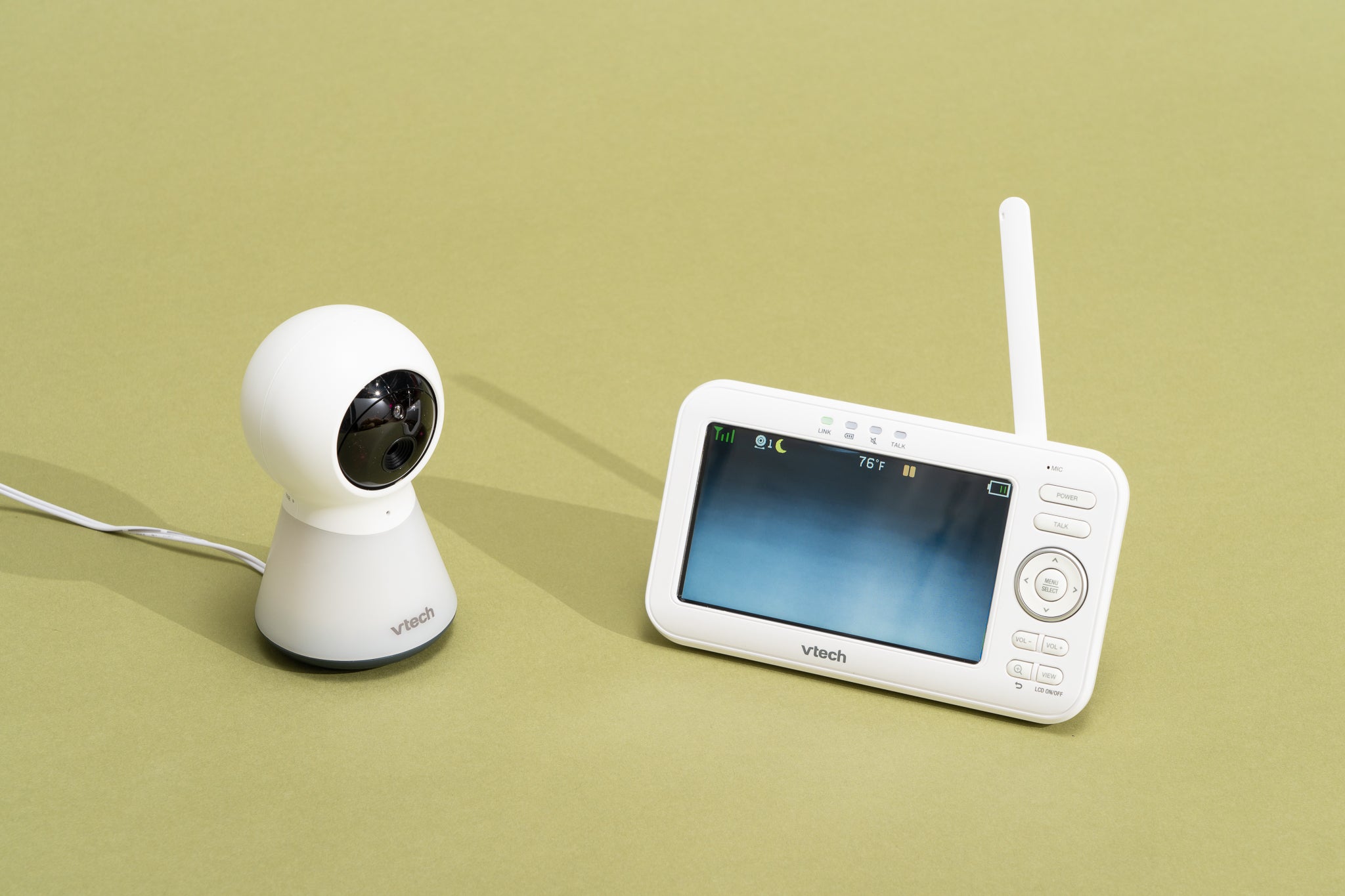
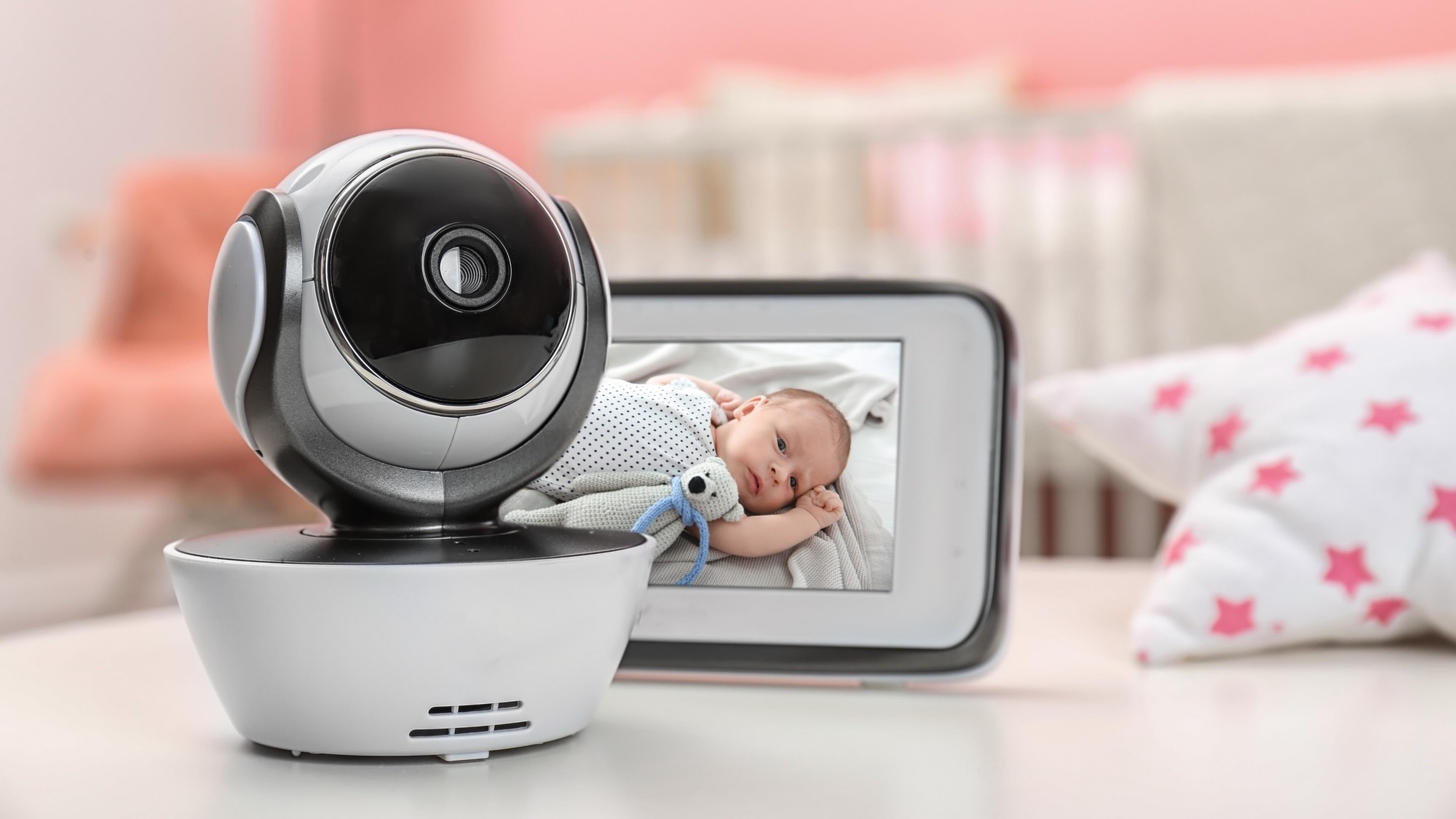


0 thoughts on “Why Does My Baby Monitor Keep Losing Signal”